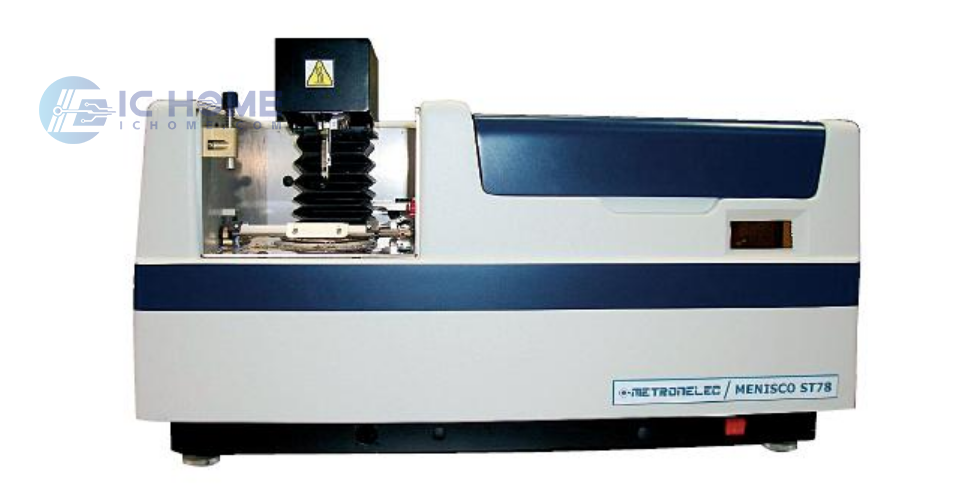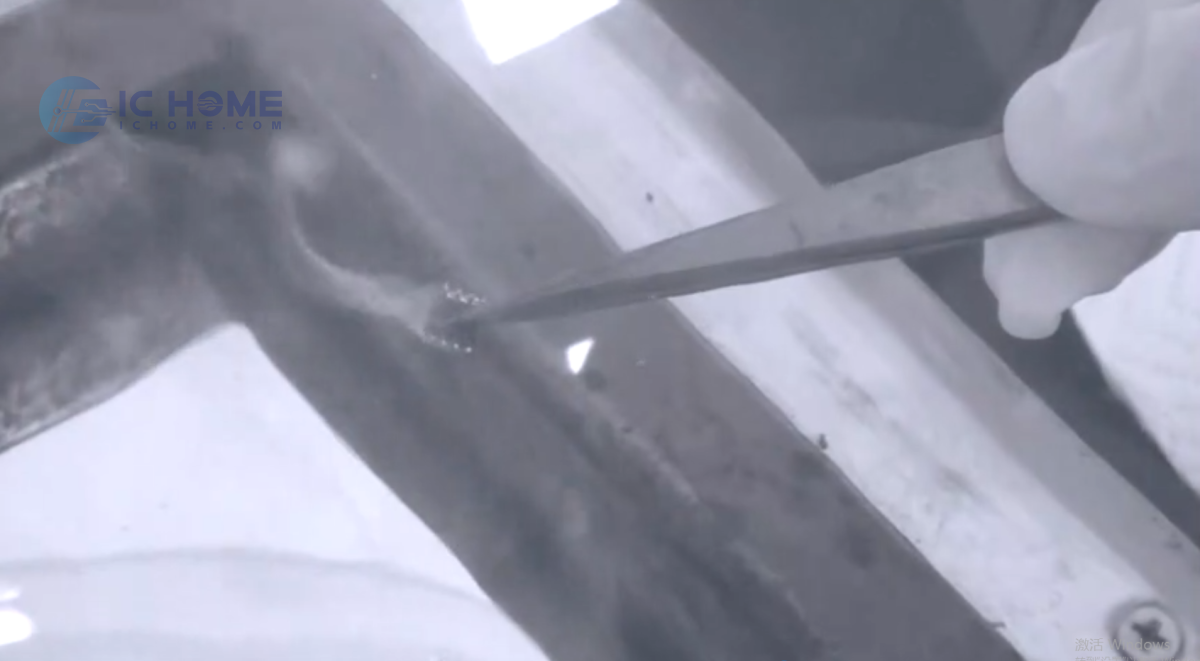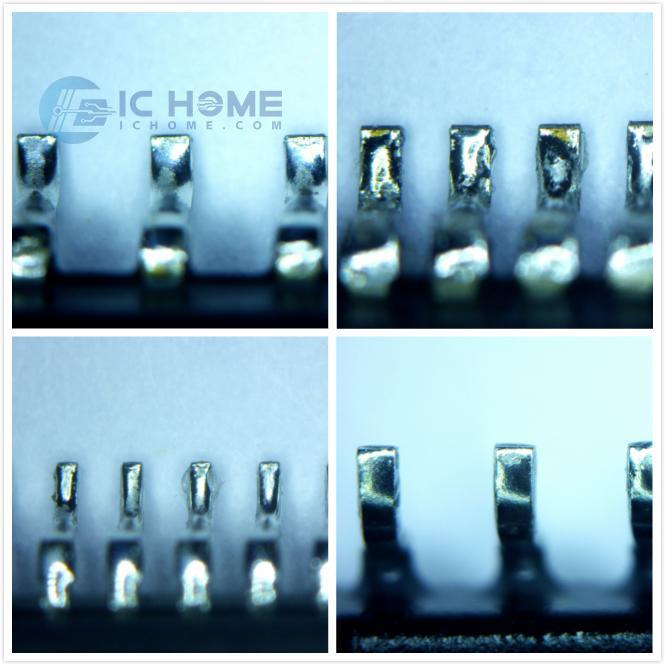Electronic Component Solderability Testing Standards for Reliable Solder Joints
In modern electronics manufacturing, reliable solder joints are critical for ensuring the electrical, thermal, and mechanical stability of assemblies. As components continue to shrink and circuit designs become more complex, even minor soldering issues can lead to severe functional failures or premature aging of electronic systems.
This is where solderability testing plays a crucial role. By validating how well a component's terminal surface can be wetted by molten solder, these tests provide assurance that parts will perform reliably during and after assembly.

Why Is Solderability Testing Important?
Poor solderability can result in cold joints, voids, or open circuits, which may not be immediately visible but could cause latent failures in the field. These issues are especially critical in industries like aerospace, automotive, and medical devices, where failure is not an option.
For distributors, OEMs, and EMS providers, solderability testing ensures that incoming components meet quality requirements and are suitable for automated assembly processes like reflow or wave soldering.
Key International Standards for Solderability Testing
Several industry bodies have developed formal standards that outline the methods, conditions, and acceptance criteria for evaluating solderability. Below are the most commonly recognized ones:
1. J-STD-002 (Joint IPC/JEDEC Standard)
This is the most widely used solderability test standard in the commercial electronics sector. It applies to leads, terminations, lugs, and wires and defines several test methods, including:
-
Dip and Look (Method A) – The component is dipped into molten solder, then visually inspected for wetting coverage.
-
Surface Mount Simulation (Method B) – Mimics reflow conditions for SMT components.
-
Wave Solder Simulation (Method C) – Used for through-hole or other wave-soldered devices.
Acceptance Criteria: Usually, at least 95% of the solderable area must be covered with a smooth, continuous solder layer with no evidence of non-wetting or dewetting.
2. MIL-STD-202 Method 208 (Military Standard)
Often used in defense and aerospace applications, this standard requires:
-
Preconditioning (aging or steam aging)
-
A single, controlled solder dip
-
Microscopic inspection under specific magnification
While more stringent in some parameters, it serves as a baseline requirement for mission-critical systems.
3. IEC 60068-2-20
This international standard outlines tests for solderability, resistance to soldering heat, and solder bath leaching. It includes:
-
Dry heat and damp heat preconditioning
-
Dip test methods with specific immersion times and solder alloys
It’s often used for cross-border trade and globally sourced parts.
4. ANSI/EIA-186 or JEITA Standards (Region-Specific)
Though less universal, these standards address local manufacturing practices, especially in Japan or specific sectors of Asia. They can sometimes offer tighter tolerances or unique acceptance criteria relevant to regional production needs.
Testing Variables That Matter
The solderability outcome can vary based on several key variables, such as:
-
Surface finish of component terminals (Sn, SnPb, NiPdAu, etc.)
-
Solder alloy and flux used
-
Preconditioning methods like steam aging (used to simulate shelf life effects)
-
Time and temperature profiles during dipping or reflow
Modern solderability test systems often allow programmable parameters for customized assessments, particularly important in lead-free or high-temperature soldering processes.
Trends and Innovations in Solderability Assessment
As electronics evolve, so do solderability requirements. Some recent trends include:
-
Lead-Free Challenges: With RoHS and global environmental directives, traditional tin-lead finishes are being replaced with lead-free alloys. However, these tend to oxidize faster, which can reduce solderability. Accelerated steam aging is now more common to simulate long-term shelf exposure.
-
Micro-scale Testing: As components become smaller, traditional dip-and-look may not be feasible. Micro-wetting balance testers are gaining popularity, especially for BGA and CSP packages.
-
Digital Inspection & AI: Image recognition and AI-based tools are now being integrated into visual inspection systems to standardize pass/fail judgments and minimize operator error.


How Distributors Can Ensure Solderability
For procurement teams and buyers, selecting a distributor who understands solderability is crucial. At ICHOME, we:
-
Provide parts pre-qualified to IPC, JEDEC, or MIL standards
-
Offer traceability with date/lot codes and MSL/finish info
-
Support customers with third-party lab testing upon request
-
Maintain controlled storage environments to prevent terminal oxidation
A well-managed supply chain not only delivers components—but ensures they’re ready for assembly with minimal risk.
Conclusion
Solderability testing is more than just a box to check—it’s a proactive step toward product reliability and manufacturing efficiency. Understanding the standards and adapting testing to real-world conditions gives engineers and sourcing teams the confidence that each component will meet the demands of modern electronics assembly. ICHOME remains committed to providing high-quality components that meet the latest solderability standards, helping you build products that last.




